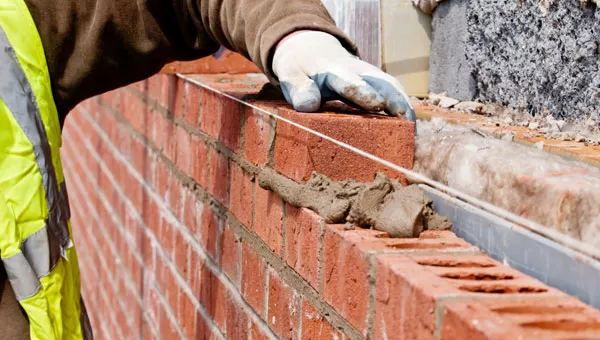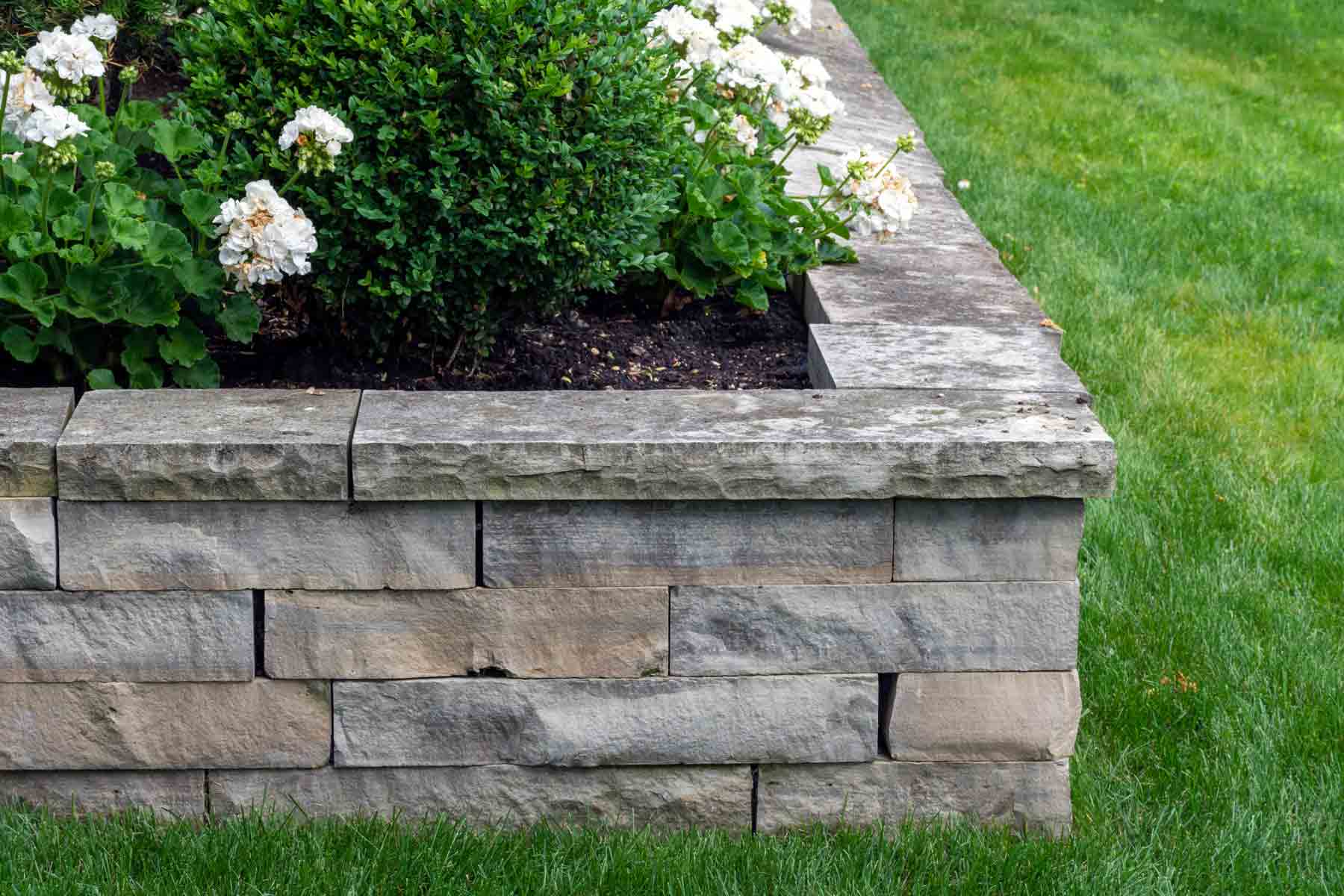Reputable Tuckpointing Services for Mending Brick and Rock Surfaces
Wiki Article
Opening the Secrets of Sustainable Stonework Building Practices for Eco-Friendly Structures
In the realm of modern-day building, the pursuit of lasting practices has become critical. Amongst the myriad approaches to environment-friendly structure, sustainable stonework building attracts attention as a reliable and long lasting technique that holds a wide range of untapped possibility. From the selection of materials to innovative building strategies, the tricks to accomplishing sustainability within masonry building and construction are complex and intriguing. By checking out the advantages, materials, techniques, and future patterns of sustainable stonework, a deeper understanding of how these techniques can form the future of green structures arises.Advantages of Lasting Masonry Building
Welcoming sustainable stonework construction methods not only decreases environmental influence but additionally supplies lasting financial benefits to contractors and areas. By using materials like recycled blocks, obstructs, and stones, home builders can substantially lower the carbon footprint of their projects while advertising source effectiveness. Additionally, sustainable stonework building and construction strategies, such as proper insulation and thermal mass homes, can boost power efficiency within structures, resulting in minimized functional prices in time.Moreover, the resilience and strength of masonry structures add to long-term financial benefits. Buildings created using sustainable masonry techniques commonly call for less repair and maintenance, translating to cost savings for contractors and building proprietors. The long life of stonework materials additionally makes sure that frameworks stay steady and secure, minimizing the demand for frequent improvements or substitutes.
Eco-Friendly Masonry Products
Utilizing environment-friendly masonry materials is a critical action in the direction of boosting the sustainability of building and construction techniques and lessening environmental impact while optimizing long-lasting economic advantages. Sustainable masonry materials are sourced, produced, and made use of in a manner that reduces total ecological impact. Products such as recycled bricks, recovered stone, and lasting cinder block are becoming increasingly prominent selections for eco-conscious home builders. Recycled blocks, for instance, not only divert waste from landfills yet also need much less energy to produce compared to brand-new blocks. Recovered rock uses a distinct visual allure while reducing the need for new quarrying. Lasting concrete blocks integrate recycled aggregates and might include better insulation buildings, adding to energy efficiency in structures.Furthermore, natural materials like adobe, rammed planet, and straw bundles supply outstanding thermal mass homes, minimizing the demand for heating and cooling energy. These products are typically in your area offered, promoting local economic climates and reducing transportation-related carbon exhausts. By selecting green stonework materials, building and construction tasks can substantially reduce their ecological footprint and add to the production of much healthier, extra lasting constructed settings.
Energy-Efficient Masonry Techniques
Power performance plays an essential duty in improving the sustainability of masonry building techniques. By implementing energy-efficient masonry strategies, building contractors can considerably reduce the overall energy usage of a building, causing lower operational costs and a smaller environmental impact. One vital energy-efficient masonry technique is using thermal mass, which includes integrating thick materials like concrete or block into the building's framework to soak up and keep heat. This aids control interior temperature levels, lowering the requirement for mechanical heating and cooling down systems.
Advancements in Sustainable Masonry
Current developments in sustainable masonry practices have actually brought about ingenious techniques that are reshaping the building and construction industry. One such advancement is the development of self-healing concrete, which uses microorganisms embedded within the concrete to heal splits autonomously. This breakthrough not only decreases maintenance expenses yet likewise boosts the durability of stonework structures, adding to their sustainability.
One more notable advancement is making use of recycled aggregates in masonry construction - masonry contractor. By integrating materials such as crushed ceramic waste or recycled glass right into concrete mixes, contractors can decrease the environmental impact of building and construction projects while keeping architectural stability. This technique not just diverts waste from garbage dumps however likewise saves natural deposits, making it a key development in sustainable stonework building
Additionally, the integration of electronic design tools, such as Building Information Modeling (BIM), is transforming the way masonry structures are prepared and created. BIM permits even more precise calculations, decreased product wastage, and enhanced power effectiveness, eventually causing even more sustainable building techniques. These technologies collectively represent an appealing future for sustainable stonework construction in the era of green structures.
Future Trends in Masonry Sustainability
With the innovative strides made in lasting stonework practices, the future trends in masonry sustainability are positioned to additional transform the building market. Among the key patterns shaping the future of stonework sustainability is the enhanced combination of technology. Innovations such as Building Details Modeling (BIM) and digital truth simulations are being utilized to optimize stonework building and construction processes, resulting in decreased material waste and enhanced energy effectiveness in structures.In addition, the advancement of unique lasting products is established to play a considerable role in enhancing the eco-friendliness of stonework building and construction. masonry contractor. Technologies like self-healing concrete, recycled aggregates, and bio-based binders are gaining traction for their capability to reduce environmental effect while preserving structural stability

Conclusion
To conclude, lasting stonework building methods offer numerous advantages for green buildings. By using environment-friendly materials and energy-efficient methods, stonework can contribute to an extra sustainable developed setting. Developments in lasting stonework are constantly being developed to even more enhance the ecological performance of structures. Looking in the direction of the future, the fad of masonry sustainability is chimney sweep anticipated to grow, bring about even more eco friendly and energy-efficient building and construction techniques in the years to find.Report this wiki page